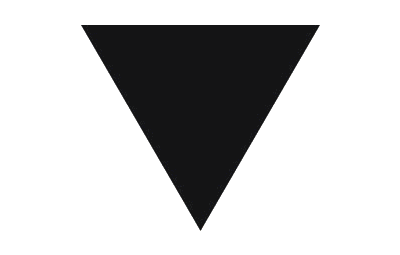EU Regulators: Over 100 Drugs Will Receive ‘Black Triangle’
The European Medicines Agency (EMA) has released its list of drugs that are required to include the ‘black triangle’ symbol in their package inserts.

The symbol means that the medications are under ‘additional monitoring’ by regulatory authorities, and is meant to encourage doctors and patients to report in any side effects from taking them.
As a result of new pharmacovigilance legislation in Europe, over 100 products are being given the black triangle designation, including every new drug and biologic approved since January 2011. The EMA has said that currently marketed products have until the year’s end to incorporate the black triangle in their drug’s information leaflet, and that any drug approved after September the 1stmust bear the symbol from its outset.
The list includes drugs from most of the big players in the industry, such as Novartis’s multiple sclerosis therapy Gilenya, Pfizer’s cancer drug Xalcori, Roche’s melanoma treatment Zelboraf, Merck’s Hep C medication Victrelis, Amgen’s bone therapy Xgeva, Sanofi’s colon cancer med Xaltrap, Johnson & Johnson’s prostrate therapy Zytiga and Bristol Myers-Squibb’s melanoma drug Yervoy. As well as medications that are “new active substances” and new biologics, drugs brought to market under conditional approval will also bear the black triangle. Among this category are Amgen’s cancer therapy Vectibix, approved by the EMA in 2007; GlaxoSmithKline’s breast cancer med Tykerb/Tyverb, which gained EMA approval in 2008; and Johnson & Johnson’s HIV med Intelence, which also received EMA approval in 2008. Also on the list are drugs authorized “under exceptional circumstances.”
The U.K’s Medicines and Healthcare Products Regulatory Agency (MHRA) explained that “Patients in clinical trials are carefully selected and followed up very closely under controlled conditions. In a real-life setting, a larger and more diverse group of patients will use the medicine; they may have other diseases; and they may be taking other medicines Some less common side effects may only occur once a medicine has been used for a long time by a large number of people. It is therefore vital that the safety of all medicines continues to be monitored while they are in use.”
While the U.K has been using the black triangle for many years to signify that a product was under intensive monitoring, the Europe-wide introduction of the scheme has only occurred recently.
The EMA’s decision to adopt the black triangle across Europe came after a study was released last year showing that one-fourth of drugs approved in Canada over a 16-year period were later given serious safety warnings or pulled from the market after safety concerns. An Archives of Internal Medicine article appearing at the same time as the study advocated the introduction of special labelling for new drugs during the first three years of marketing.
